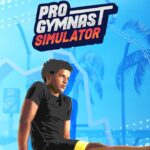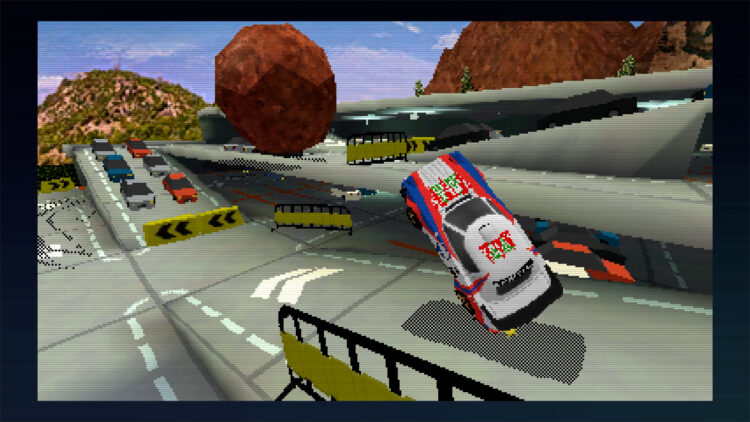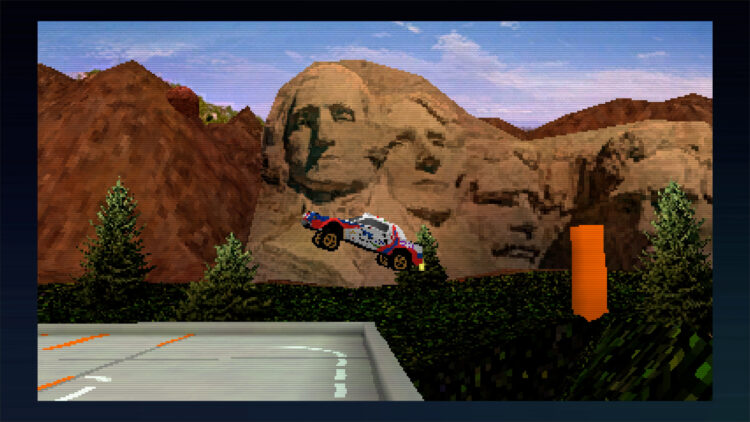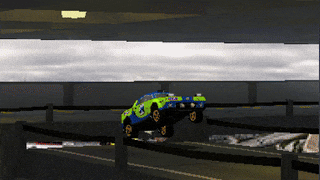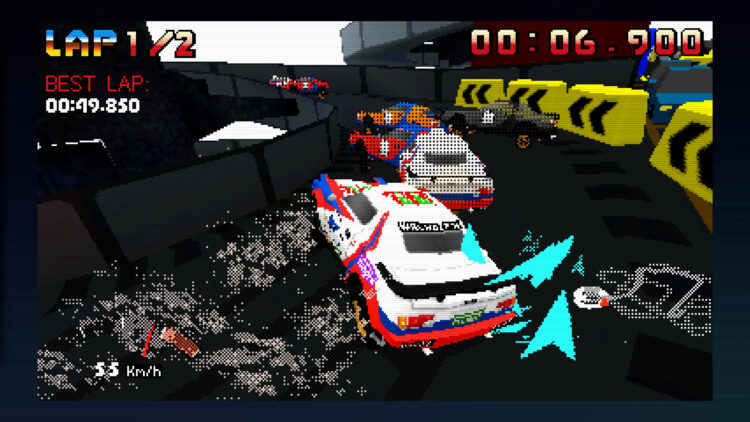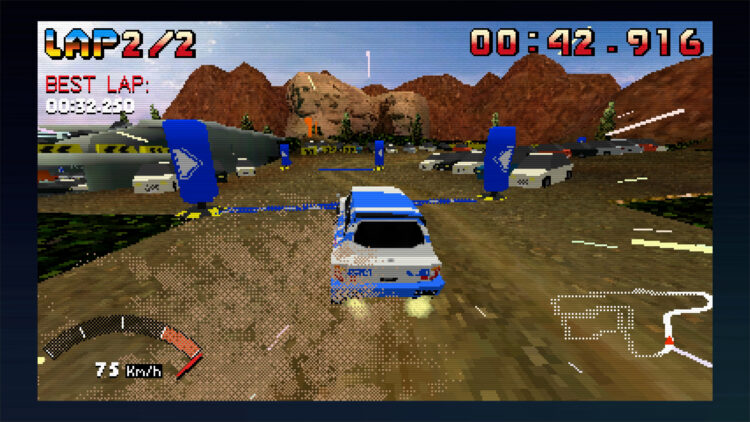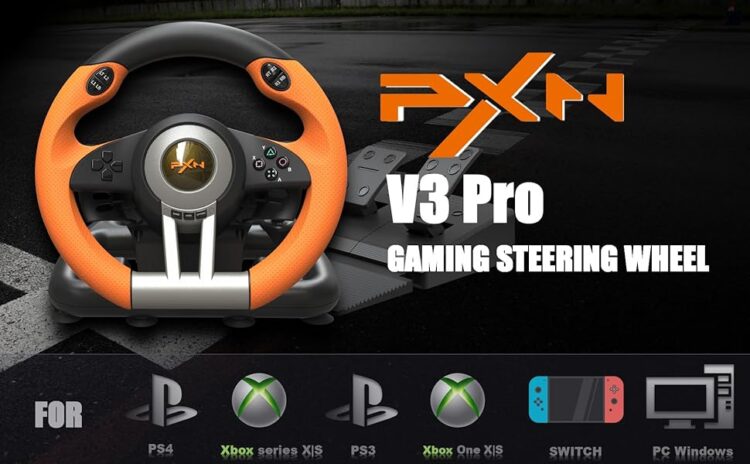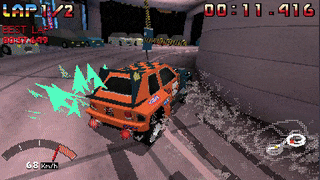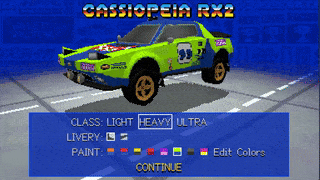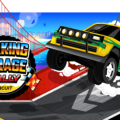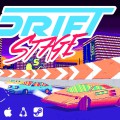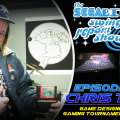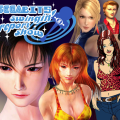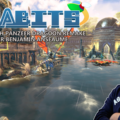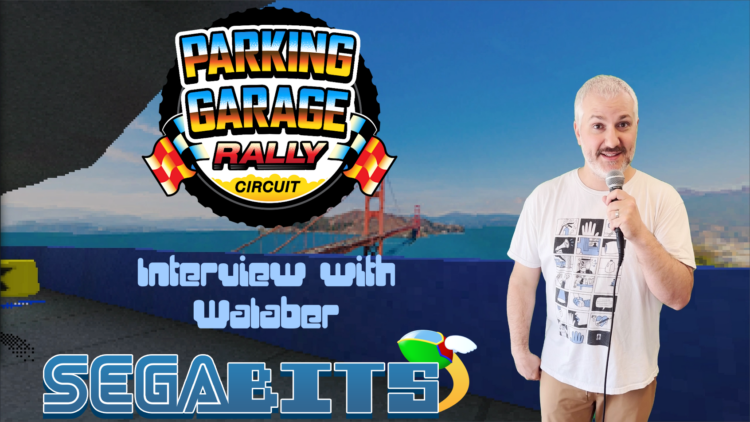 You may remember us reporting on Parking Garage Rally Circuit, an upcoming indie racing game coming soon to Steam, which is styled after a Sega Saturn game and could actually become a Saturn game if it gets enough sales on Steam. After that article, I have reached out to Tim of Walaber Entertainment, the studio developing Parking Garage Rally Circuit, for an interview with the man behind the game. He has kindly taken time out of his busy schedule to answer a few questions about the game for all our readers.
You may remember us reporting on Parking Garage Rally Circuit, an upcoming indie racing game coming soon to Steam, which is styled after a Sega Saturn game and could actually become a Saturn game if it gets enough sales on Steam. After that article, I have reached out to Tim of Walaber Entertainment, the studio developing Parking Garage Rally Circuit, for an interview with the man behind the game. He has kindly taken time out of his busy schedule to answer a few questions about the game for all our readers.
Join us after the break to hear about Tim’s history with Sega Saturn, his inspirations for Parking Garage Rally Circuit, and a bit more of what we can expect to see in this game when it launches on Steam sometime this year.
Before we begin, please tell us about Parking Garage Rally Circuit in your own words, for any readers just finding out about it now.
Tim: Parking Garage Rally Circuit is an arcade precision driving game about rally racing in parking garages across the United States, all presented like a Sega Saturn game from the late 1990’s.
Could you tell us about your background in game development? What games or other media have you worked on?
Tim: I’ve been making games for over 20 years! I learned in high school and released some freeware games before getting my first industry job at Disney in the testing department. Later at Disney I created the “JellyCar” series of games, and was the lead designer of “Where’s My Water?”. I’ve been an indie developer for 4 years now, and in that time I’ve released “Pro Gymnast Simulator”, “JellyCar Worlds”, and “Very Very Valet”.
3: Where did the basic idea of Parking Garage Rally Circuit come from?
Tim: It started with the “Ludum Dare” game jam #54, which had the theme of “limited space”. Trying to think of an activity that normally requires a lot of space, I thought about car racing. For some reason, shrinking a race course down to a single parking garage came to mind. The tight spaces and multiple floors with ramps immediately made me think of Rally racing, and the concept was born.
What made you decide to use parking garages as the setting for this game?
Tim: It’s highly possible the parking garage drifting scene from Fast and Furious Tokyo Drift was in my subconscious, but parking garages seem like a great setting for tight, technical, exciting racing.
(The parking garage drifting scene he might be talking about)
Although the parking garages are fictional, were any of them inspired in any meaningful way by real parking garages you’ve been to or heard about?
Tim: Yes! Being a Sega-style arcade game emulating the style of late 1990’s games, I thought it would be fitting to set each track in a landmark location across the United States. Once I had this idea, I started doing some research, and also got suggestions from chat in my game development streams. The Mount Rushmore track is actually more accurate than you might think, the overall design of the parking structure is actually quite similar to the real thing (minus the falling rocks). A suggestion that came from chat was the Marina City towers in Chicago, which once I looked them up I knew I had to make a track out of them!
Did you have any history with Sega Saturn before you entered game development? Perhaps you grew up with one? Did you have any favorite games?
Tim: I didn’t have a Saturn during its original release (I had an N64 instead), so the Saturn had a sort of enigmatic allure to it (like the 3DO), because I didn’t know anyone who had one, but I was aware of it and some of the exclusive games, such as Nights (1996) and of course Sega arcade ports. Later in life I got a Saturn and quickly fell in love with Burning Rangers.
Could you tell us what your pick for most underrated Saturn game is?
Tim: Definitely Burning Rangers (1998)! I’m sure it’s very well known amongst Saturn players, but I rarely hear it talked about in general. It’s an amazing game and a super interesting first “full 3D” game from Sonic Team, where it’s clear they learned a lot that would later be implemented in 3D sonic games. The voice navigation system in the game is particularly noteworthy, where you can call for help at any time, and get relevant voice guidance to help you navigate the complex 3D levels.
It’s quite apparent that Sega Rally Championship (1995) inspired Parking Garage Rally Circuit, and a safe bet Daytona USA (1994) did as well, but are there any other racing games that inspired you?
Tim: The other two biggest inspirations would definitely be Mario Kart (for the drifting mechanics), and Crazy Taxi (1999) (for the wild physics).
Are there aspects of any 32/64-bit era racing games you think fell short and need refining for your own game?
Tim: I think the biggest thing my game has that the earlier games didn’t have is online leaderboards with automatic ghost downloads. After getting gold on any course, the game will automatically download ghost rivals from the leaderboard (choosing players just barely ahead of your best time), which makes the game really fun to slowly defeat players and climb up the leaderboards. I think it gives the game some extra life and social aspects that weren’t really possible on the first generation 3D consoles.
What do you find to be the most challenging parts of developing Parking Garage Rally Circuit? Any forces outside of the game that make development more difficult that you are comfortable sharing? Do you expect developing a Saturn port to be even more difficult?
Tim: Overall development has gone really smoothly, thanks to the clear premise and fairly reasonable scope of the game. I’ve been learning a new game engine (Godot) for this game, which has been a fun challenge. If I get the opportunity to make a Saturn version of the game, I expect that to be a much larger technical challenge of course, as I’ll likely rewrite the game from scratch in C using the various homebrew Saturn libraries that are available.
You’ve gone to great lengths to copy the typical look of 3D games on Saturn, right down to the dithering effects meant to fake a transparency effect using a CRT’s blurring and glowing effect. Would you consider that a very important detail? Was it difficult to reproduce?
Tim: I really enjoyed trying to specifically make the game look like a Saturn game, not just a general “retro 3D” game. I think the dithering is the biggest contributor to that. It’s not particularly difficult to implement, but it goes a long way!
Do you have a favorite racing wheel for any console or console generation? Are you planning for Parking Garage Rally Circuit to be racing wheel compliant?
Tim: I don’t! Just to make sure PGRC works with a wheel controller, I bought a PXN V3 Pro wheel for testing, and a happy side-effect is that I can now play Crazy Taxi on my PC as it was meant to be played: with a wheel and pedals 🙂
What made you settle on a ska punk soundtrack for Parking Garage Rally Circuit? Could you also talk about The Holophonics and how you came to bring them in for the soundtrack?
Tim: I love ska music personally, and it also felt like the exact right energy for a “first party Sega game” from this era. I went out on a limb and reached out to The Holophonics (I knew of them from their amazing Donkey Kong Country and Banjo Kazooie cover soundtracks) to see if perhaps I could use a few of their original songs in the game. To my surprise, the band were willing to collaborate on a full original soundtrack for the game! It was a dream come true, and I think it adds so much personality to the game.
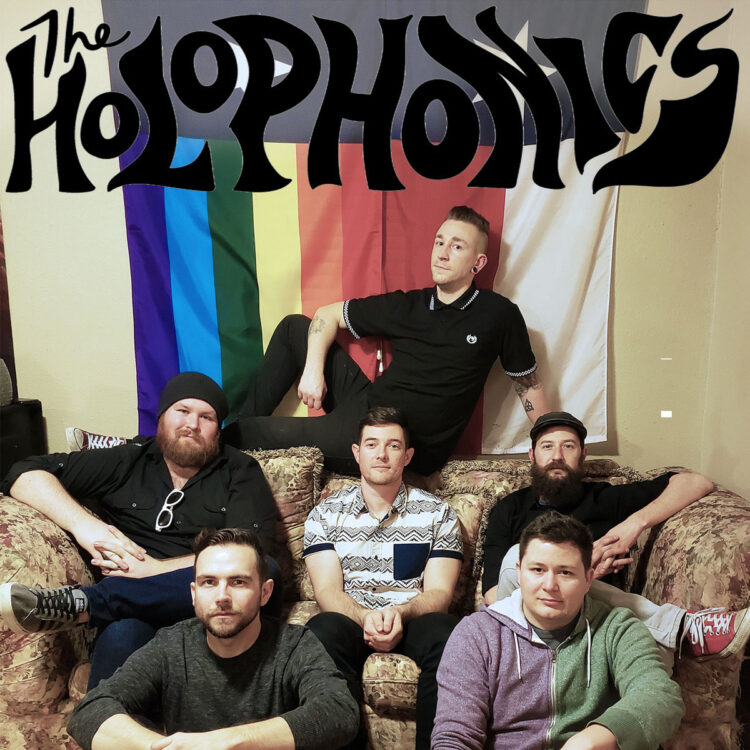 What is your personal favorite aspect of Parking Garage Rally Circuit? How do you expect that to resonate with players?
What is your personal favorite aspect of Parking Garage Rally Circuit? How do you expect that to resonate with players?
Tim: I’m just really happy with how the cars feel to drive and drift, and I think the courses all turned out really fun as well. It’s a simple game about the joy of mastering the mechanics and getting better and better, and I think players will enjoy that!
What made you want to hold Saturn and Switch ports of Parking Garage Rally Circuit behind a sales number threshold? How did you decide the exact number of downloads you want to reach?
Tim: It’s purely a practical thing. It’s very hard to judge if a game will resonate and sell well before release, and devoting time and resources to more platforms can be risky if the game ultimately won’t sell well. The sales thresholds are somewhat arbitrary, but 50k copies would indicate to me that it’s likely a Switch version would make a profit, and 100k copies is enough that I can feel OK spending some time on a Saturn version that most certainly won’t return me much/any revenue 🙂
We are in the middle of a resurgence of indie game development for game consoles long since retired, which is only now beginning to include the Saturn and its original competitors the Nintendo 64 and PlayStation. What do you think of this trend? Are you excited to be a part of it with a Saturn port of Parking Garage Rally Circuit possibly happening?
Tim: Absolutely! Previously I made a working Atari 2600 game (“Wall Jump Ninja” which you can even buy on cartridge from the AtariAge shop!), and the experience of making a game that actually runs on the older hardware was really fun and interesting. I really hope I can justify the time to work on a Saturn version of PGRC!
Do you have any helpful advice you want to impart on any aspiring game developers reading this, regardless of what game they wanna make or what platform they are making it for?
Making games is extremely fun and rewarding, but also challenging! Start small. Literally, make the simplest game you can possibly imagine! Finishing a game, no matter how small, allows you to let other people play what you made, and that kicks off a positive feedback loop of motivation that will lead you into making a slightly more ambitious game, and so on! Many people try to make something too complicated right from the start, and they get discouraged and give up.
That does it for this special interview with Tim of Walaber Entertainment. I’d like to thank him for taking the time to be part of this special interview and wish him the best of luck with development. With all that said, be sure to check out Parking Garage Rally Circuit on Steam and wishlist the game right away. Remember, he will bring the game to Nintendo Switch if it reach 50K downloads on Steam and Sega Saturn after 100K downloads on Steam, so if this game looks cool to you, and you really want to see it on either system, don’t forget to buy the game on Steam when it finally comes out. When it does, you will hear about that right here on SegaBits as well, so keep it here for more updates on Parking Garage Rally Circuit and on all things Sega. Don’t forget to check out Walaber Ent.’s website either, which features links to their YouTube, Instagram, and Discord.
And finally, tell us in the comments below what you think of Parking Garage Rally Circuit. Do you intend to buy the game when it’s finally available? Do you hope to see the game on Saturn? Let us know and be sure to relay your enthusiasm to Walaber Ent. as well.
Ad:

